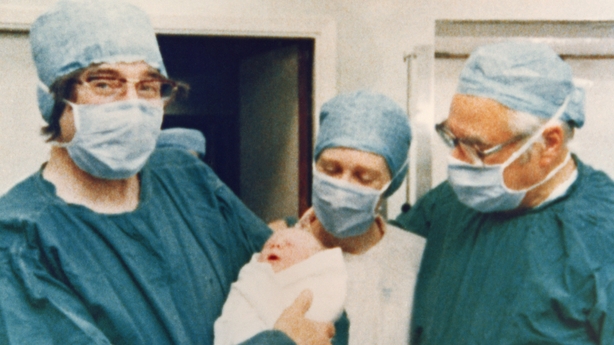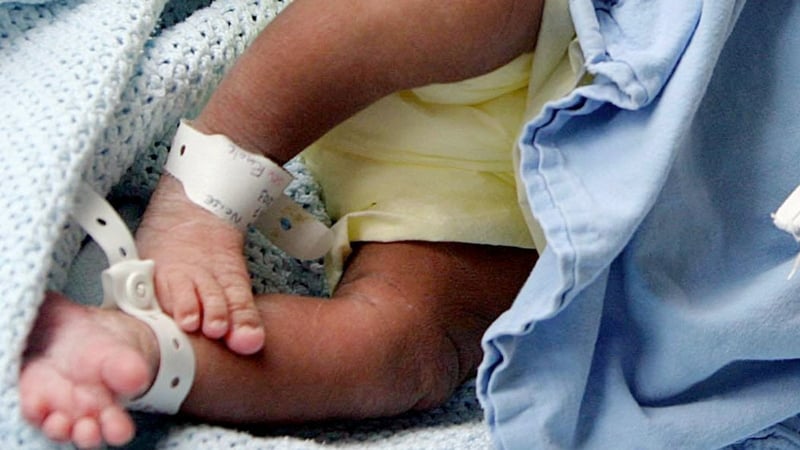On 10 November 1977, exactly 40 years ago, Lesley Brown, who with husband John had been trying to conceive for nine years, fell pregnant after undergoing in-vitro fertilisation.
Nine months later, their daughter Louise was born - the first baby in the world born following IVF.

The first Irish IVF or test-tube baby was born at St James's Hospital in Dublin on 14 January 1986. Listen to a report from RTÉ Archives.
Last month, the Cabinet approved legislation to regulate assisted human reproduction.
It is the first time regulation has been approved in the area of assisted reproduction and will lead to financial aid for couples struggling to afford treatments such as IVF.
An estimated six million babies have been born around the world using IVF.
The technique was pioneered by British scientist Robert Edwards and his obstetrician colleague Patrick Steptoe.
On the 40th anniversary, the world's first "test tube baby" has said she hopes families who undergo cutting-edge fertility treatments - such as "three-parent" babies - are not subject to the same harassment her family received after pioneering IVF.
Louise Brown's family received hate mail after she was born.
In an interview with the Press Association, Ms Brown said she is still subject to "cruel and ill-informed" comments online from time to time.
She added that she hopes people who undergo today's pioneering fertility treatments, such as mitochondrial replacement therapy, do not suffer the same barrage of negativity.
The world's first three-parent baby was born last year.
Abrahim Hassan, whose Jordanian mother was treated by a US team in Mexico, was conceived from an egg containing DNA from his mother and father, and a tiny amount of mitochondrial DNA from a third person - a female donor.
They said the aim was to prevent Abrahim inheriting defective mitochondria, rod-like batteries in cells, that could give him Leigh syndrome - a fatal nervous system disorder.
What is IVF?
In vitro fertilisation (IVF) is probably the best-known technique for helping people with fertility problems have a baby.
During the process, an egg, or multiple eggs, are removed from a woman's ovary and fertilised with sperm in a laboratory.
The fertilised egg is then returned to the woman's womb to grow and develop.
It is most commonly used with couples who are having fertility problems.
Others who can use the technique include same-sex couples or single women.
Fertility problems can affect either men or women. In one in four cases, it is not possible to determine the cause.
